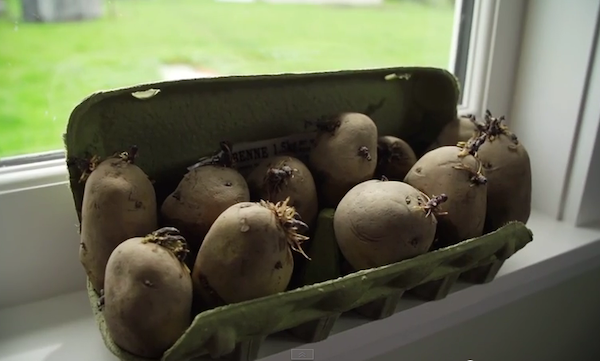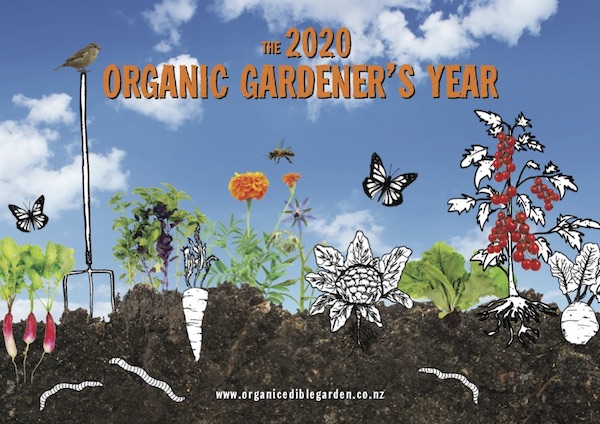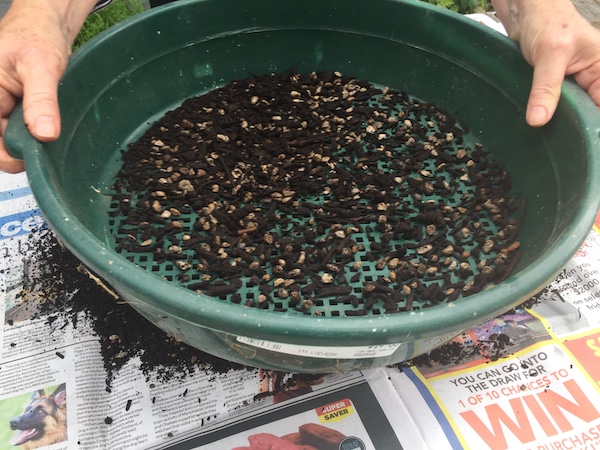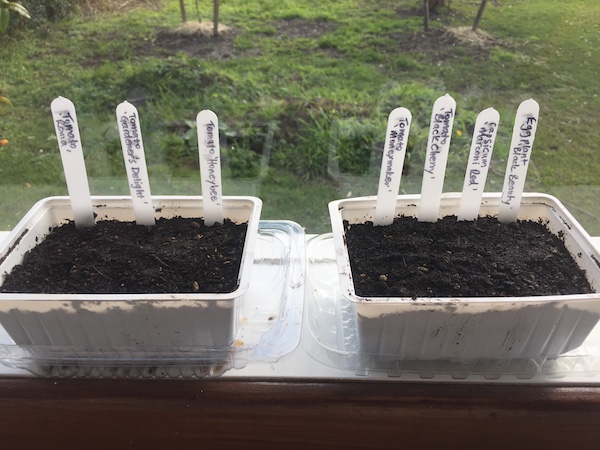
August is an exciting time for gardeners. The days are starting to get a bit longer and it’s time to plan the garden for the warm weather coming.
August is the month we start sowing our first seeds. Even though it’s still cool, the seeds we sow now will be ready for planting in late September and early October. Check out seed catalogues online (Italian Seeds Pronto has interesting varieties), or there’s a good range in store at garden centres and home improvement stores.
Planting by the moon can have a real effect on the germination of seeds and the health and growth of seedlings. As a general rule, the First Quarter moon phase is best for planting leafy vegetables like lettuce, spinach, rocket and coriander. The Second Quarter favours fruiting plants like tomatoes, eggplants, peas and beans. The Third Quarter or Full Moon phase is best for sowing root vegetables. Beetroot, carrots and potatoes belong to this group. During the Last Quarter, we find seeds just don’t do well – this is the period that’s best to rest in or do maintenance, so we wouldn’t recommend sowing seeds at this time. Organic gardening is all about working with nature.
The next task is to find a good seed-raising mix or even better make one of your own. Sift a good compost (garden sieves can be bought at any garden centre), add some sand or fine pumice for drainage and also some volcanic rock dust. If you start from potting mix rather than compost, still sieve it but you’ll probably find it already has pumice in it. Alternatively, you can purchase seed-raising mix. Remember that seed-raising mix shouldn’t have a high nitrogen level or seedlings will grow too tall too quickly.
Plant the seeds in the mix at the depth of the size of the seeds. Some seeds are very fine and barely need covering. It can be beneficial to cover the seeds with vermiculite (which is available at garden centres). This acts like a sponge and stays moist but also breathes and prevents seed from rotting in the soil.
For more seed sowing tips, check out this video of Rob sowing tomato and chilli seeds.
After the seeds are planted, a spray of liquid seaweed once a week will help them grow strongly and reduce the likelihood of a disease called damping-off.
For the home gardener it’s best to plant seeds in small containers rather than large seed trays as, if you’re sowing lots of different crops, the rate of germination varies greatly. Tomatoes can take up to 3 weeks to germinate whereas lettuce can take only 7 days. A packet of lettuce seeds can contain hundreds of seeds so it’s better to plant a few every 2-3 weeks rather that have too many seedlings all ready for planting at once.
Once planted, keep your containers on the windowsill or somewhere where the temperature doesn’t fluctuate too much. Once germinated, prick out carefully and transplant into small individual pots, punnets or jiffy pots.
Here’s a great ‘how to’ video to help you transplant seedlings into bigger pots.
Place leftover seeds in a container in the fridge. Seeds will keep a lot longer when stored in a cool, dark place and they germinate quickly when placed in warm, moist soil.
If you’re planting potatoes in the spring, now’s a good time to chit the tubers.

Source seed potatoes, soak for a few minutes in a strong seaweed solution, place in egg cartons and leave in a warm, light place. When the shoots are about 5cm long, and the chance of heavy frosts is over, it’s time to plant them in trenches.
For more useful hints and tips, head to Organic Edible Garden.

Like to try planting by the moon?
Organic Edible Garden creates a calendar which shows the moon phases and the best times to sow and plant all your vegetables and fruit throughout the year.
The 2020 planting by the moon calendar is available online and in selected stores – including the ecostore flagship store in Freemans Bay – now!
-----
Organic Edible Garden’s vision is to make organic edible gardening achievable for everyone. Visit their website for Getting Started videos, and regular blog posts to find out what to do in your edible garden.



